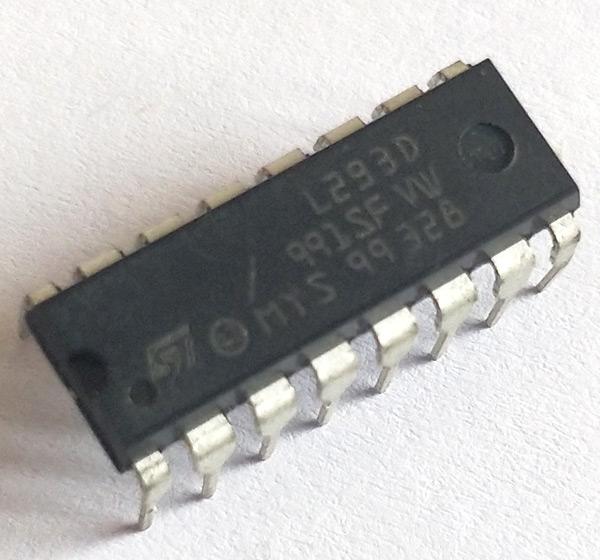The Future of Motion: Top Trends in the Motor Driver IC Market

The future of the Motor Driver IC Market Trends is pointing towards a world of more intelligent, more efficient, and more highly integrated motion control solutions. As the industry continues its impressive growth towards a projected $67.06 billion valuation by 2035, a journey propelled by a solid 10.49% CAGR from 2025 to 2035—several key trends are emerging that will define the next generation of these essential components. These trends are focused on leveraging new semiconductor materials, integrating more intelligence directly onto the chip, and providing a more complete and easier-to-use solution for the end designer, heralding a new era of smarter and more efficient electronic motion.
One of the most significant technological trends is the adoption of wide-bandgap semiconductor materials, particularly Gallium Nitride (GaN). For decades, motor driver ICs have been built using traditional silicon-based transistors. However, for high-power and high-efficiency applications, silicon is reaching its physical limits. GaN is a new material that allows for the creation of transistors that can switch much faster and with significantly lower energy loss than silicon. This is leading to the development of GaN-based motor driver ICs that are much smaller, lighter, and more efficient. This trend is particularly important for applications like EVs, robotics, and data center cooling fans, where power efficiency is a critical design parameter.
Another major trend is the move towards greater integration and the creation of "smart motor controller" SoCs (System-on-Chip). In the past, a motor control system would consist of several different chips: a microcontroller to run the control algorithm, a separate driver IC to power the motor, and often other chips for communication and sensing. The trend is to integrate all of these functions onto a single piece of silicon. This creates a much more compact, more reliable, and often more cost-effective solution. These integrated smart motor controllers also make the design process much easier for the end engineer, as much of the complex control software can be pre-integrated into the chip, accelerating their time-to-market.
Finally, there is a strong trend towards the development of more advanced and sophisticated control algorithms that are often embedded directly into the driver IC's firmware. This includes sensorless control algorithms for BLDC motors, which eliminate the need for expensive position sensors, making the motor system smaller and more reliable. It also includes advanced algorithms for "field-oriented control" (FOC), which provides for extremely smooth and efficient motor operation, reducing audible noise and vibration. The ability of the semiconductor vendors to provide not just the driver hardware but also this sophisticated, pre-validated control software is becoming a key competitive differentiator and a major value-add for their customers.
Explore Our Latest Trending Reports:
Cloud Enabling Technology Market
- Art
- Causes
- Crafts
- Dance
- Drinks
- Film
- Fitness
- Food
- Παιχνίδια
- Gardening
- Health
- Κεντρική Σελίδα
- Literature
- Music
- Networking
- άλλο
- Party
- Religion
- Shopping
- Sports
- Theater
- Wellness
